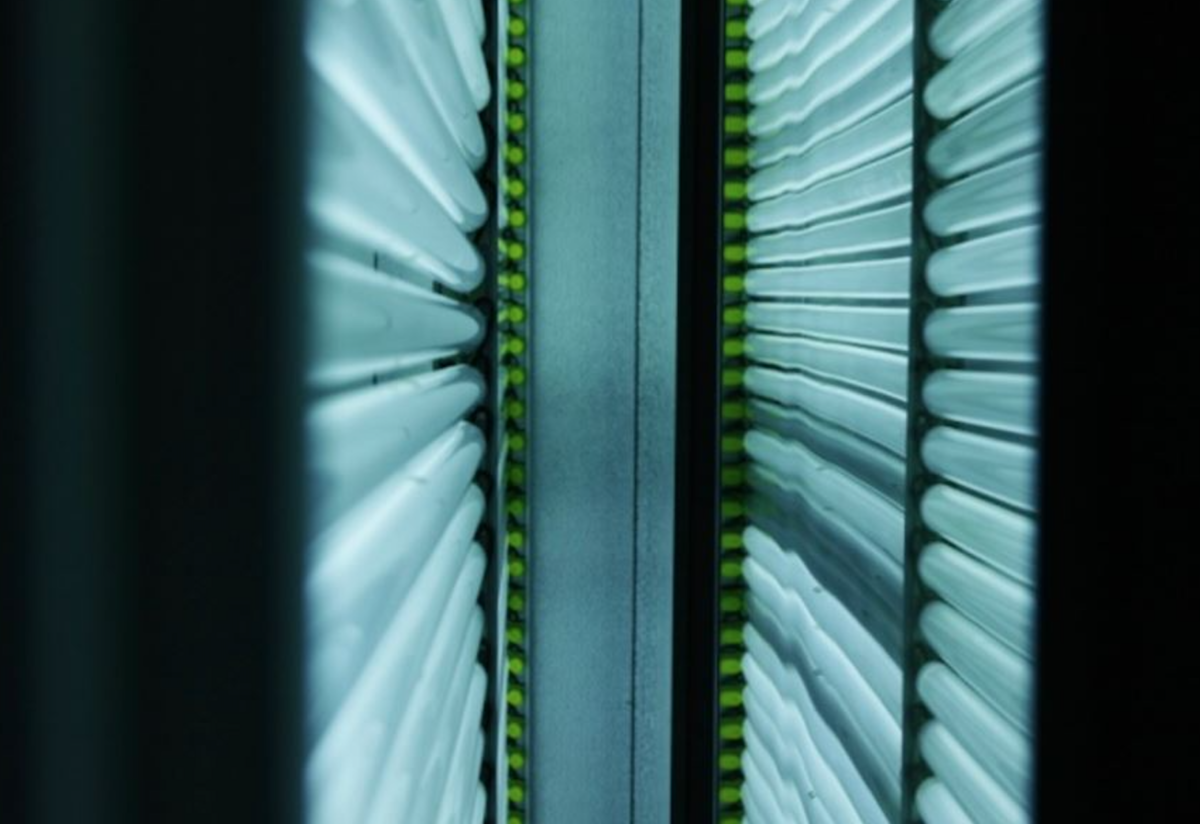Reasonable doubts
Every time we write about the launch of one of these supermodules at pv magazine, the number of readers skyrockets.
However, in our round of questions we have found many experts who have told us about numerous disadvantages: some have wanted to do so openly, while others have asked us not to publish their names. We have asked them to clarify their doubts. Their answers were grouped and summarized in an overview of all the collected information. PI Berlin has helped us analyze most of the reported potential issues.
In the case of large modules, the first issue pertains to mechanical properties, which can be condensed into three problems:
Modules with large cells of 182 mm / 210 mm continue to use double glass with a thickness of 2 mm / 2 mm, which means that, although the module is much larger, its rigidity does not increase proportionally, since the glass continues to have the same thickness as that of smaller panels. Specifically, the module has grown from 1970 mm x 998 mm to 23XX mm x 11XXmm, with an increase in length and width of 15% and 10% respectively. Even if the module passes the MLT test (mechanical load test, which is part of the IEC norm), the torsion and bending of the module will be greater than that of smaller modules, thus increasing the risk of cell breakages under operating conditions (and more if they are mounted on trackers and in areas with relevant wind loads).
The second problem is related to the headaches that they generate among manufacturers of mounting structures due to static issues. These modules, in fact, are going to suffer much higher wind loads due to their larger surface. If they can already fly from a plant while having smaller dimensions, imagine what can happen with these super modules! This implies that the structural analysis will be more complex with special attention to the clamp that joins the module to the profile of the structure. The ideal at a static level is that the module is as square as possible, as highly stretched geometries, as is the case with these modules, increase the perimeter and complexity of the fastening.
If the structural designer wants to continue providing a safe structure, especially against aeroelastic effects, we may start to see a possible increase in prices, which would eat the supposed reduction of the BOS costs that manufacturers of these high-power modules announced. If the structures are not designed properly because they must be cost-competitive or extra costs to minimize the risk are not considered, then it is very possible that we will begin to see how more and more accidents will be reported due to weak static.
The third problem is logistical and relates to packaging, more expensive insurance due to the increased fragility of the merchandise, more weight of the module and less comfort for installers.
Having seen the mechanical issues, we are going to analyze the electrical part.
These modules have different voltages and currents than the previous generation. Manufacturers basically have two options when designing the internal circuitry of the module. The first one consists of increasing the open circuit voltage (Voc) and lower the short circuit current (Isc). In this case, the number of serial modules per string is reduced, which increases the costs for wiring, combiner boxes, inverters and other small components. Ultimately, the BOS costs increase (and with this, there are already two factors that contribute to the increase of the BOS, as this joins the higher cost of the module architecture mentioned above).
Popular content
The second option is lowering the open circuit voltage (Voc) and increasing the short circuit current (Isc). This variant makes it possible to connect more modules in series and reduce BOS costs (it is more noticeable in the case in which string inverters are used), just the opposite of the previous case. An example is Trina's Vertex module with a short circuit current of over 18A, which is quite a big jump. But this also has a negative part, which is the increased risk of fire, increased series losses in the busbars and the increase in temperature in the junction box and connectors, which also leads to efficiency losses. To all this we must add that, due to lack of experience with these modules, it is not known how the cables, connectors, junction boxes and inverters are going to behave. The IEC also does not have specific tests that shed light on the possible behavior of these modules.
As they are very new, most of these modules have not passed the extended durability tests offered by PQP, TÜV, RETC, etc., therefore, there are still questions to be answered.
Diverxia adds: “Module manufacturers are betting on power, which is positive in principle. However, the photovoltaic technology has many other variables in which it must evolve. Aspects such as tracker efficiency, inverter efficiency, and more advanced plant control methods must advance at the same pace if you really want to have a competitive photovoltaic plant. The growth and evolution of the module must go hand in hand with the growth and evolution of the rest of the technology that makes up a plant.”
Conclusions
The advantages of these modules are mainly focused on a reduction in the capex of the BOS costs due to the increase in power and current density. But, today, to really quantify the capex reduction requires a very detailed study of each project considering the reductions in DC cabling, playing with cable sections, aluminum and copper prices, testing with fewer modules per string, fewer junction boxes and adjusting the inverter's DC/AC ratio.
In other words, there are sufficient elements to doubt that the supposed reduction of the BOS costs that accompanies these modules actually occurs due to the additional investment necessary to mitigate the mechanical and electrical risks that these modules bring with them.
PI Berlin recommends waiting at least a year for the main manufacturers to send their modules to laboratories that carry out the necessary extended duration testing. “This will give us an idea of their long-term durability, robustness and electromechanical integrity. We must wait to see what this open fight between manufacturers leads to and how and when the market stabilizes,” the experts from the testing institute said.
In the next article, which we will publish tomorrow, we will see if we are facing a fad or if these super modules are here to stay.
This content is protected by copyright and may not be reused. If you want to cooperate with us and would like to reuse some of our content, please contact: editors@pv-magazine.com.



Dear Pilar,
Thank you for the set of informative articles.
You correctly commented, “If the structural designer wants to continue providing a safe structure, especially against aeroelastic effects, we may start to see a possible increase in prices, which would eat the supposed reduction of the BOS costs that manufacturers of these high-power modules announced.”
Luckily some tracker suppliers have been planning for these large bifacial modules to arrive and have future proof designs. Evolved designs will with appropriate gearing and torsional lockouts will in fact reduce costs/Wp.
Width and weight driven clips forces are readily solved for framed bifacial pv modules. The greater challenge is a need to address dynamics and moment of inertia issues caused by longer and heavier pv modules.
We are happy this future has finally arrived. We have been ready and waiting.
Viva 600Wp+!